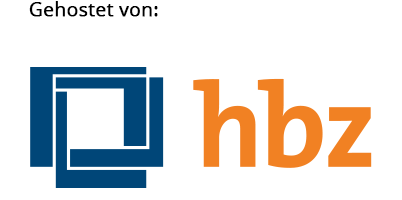Teaching The Teachers
Digitalisierte Lehre an den Döpfer-Schulen
DOI:
https://doi.org/10.57813/eleed.v1i16.258Keywords:
e-learning, lesson development, teacher training, Flipped Classroom, MoodleAbstract
The coronavirus pandemic is not the only thing that has made us realise how important
e-learning is for our teaching culture today. The implementation of new teaching concepts, such as the "flipped classroom" concept, also makes it necessary to address this topic. In order to prepare ourselves as a staff at the Döpfer Schools for Physiotherapy and Speech- und Language Pathology in Rheine as well as possible for these changes, we have been studying the Learning Management System (LMS) "Moodle" in depth as part of teacher training courses. As part of two workshops, not only various isolated tools were to be presented, but also didactic application possibilities and application scenarios - in addition to a theoretical embedding - were to be presented in a very practical way (cf. Kotitschke & Stifter 2022). As a by-product, the need for training in the field of e-learning was also surveyed at the start of the first Moodle training course on the basics. This allowed the "digital learning centre" to be tailored as precisely as possible to the target group. In addition to these two training courses, which were carried out in a blended learning process in Rheine, a Moodle course was initially created for the Nuremberg site, which took place exclusively with digital elements without "physical presence". This course acted as a "pilot" to generate experience and transfer the online course to other locations. This pilot was followed by courses that were advertised nationwide for teachers from the Döpfer Group.
This article will also look at the advantages associated with e-learning and the respective learning settings. In addition, it will look at how well the learning objectives were achieved in the respective learning settings. In this context, the selfassessment of the teachers with regard to the achievement of the learning objectives in the face-to-face courses and the purely online courses will be examined and whether there are any differences in this respect. We would like to share our experiences and encourage other educational institutions to become more involved with the topic of digital learning.


